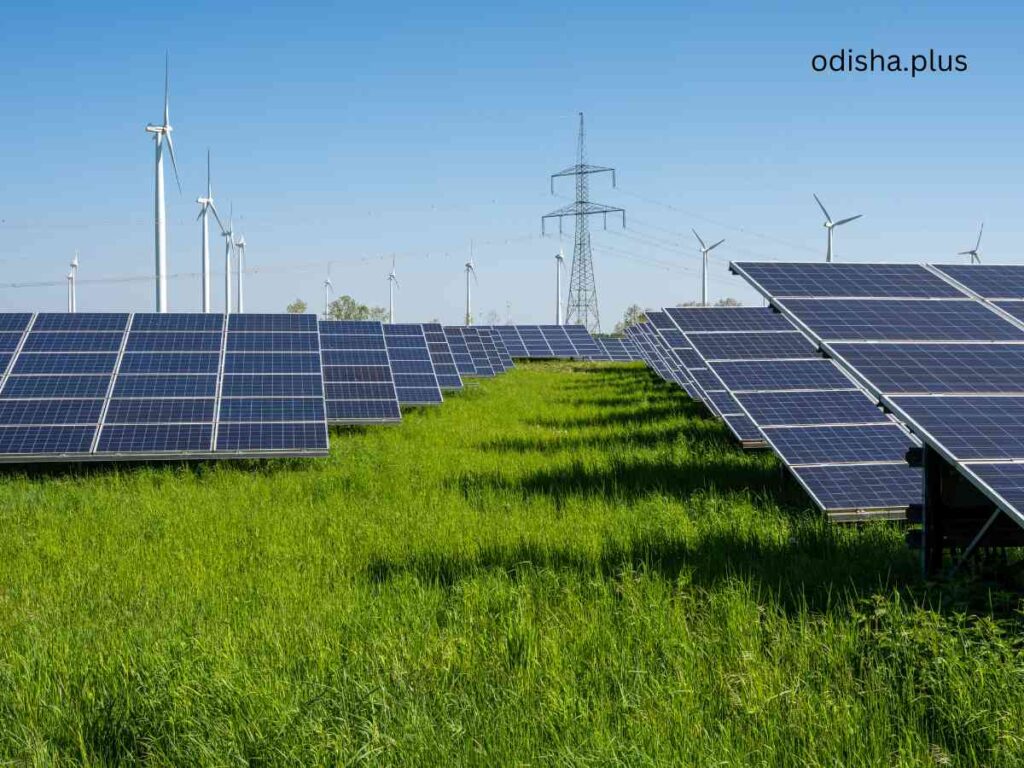Under the terms of the MoU, Welspun New Energy will invest in establishing a 1,200 MW pumped hydroelectric project and a 1,000 MW floating solar power facility in Odisha
OdishaPlus Bureau

Welspun New Energy, the renewable energy division of Welspun World, has entered into a Memorandum of Understanding (MoU) valued at Rs 13,500 crore with the government of Odisha for various initiatives in the eastern region. This agreement was formalized during the Make in Odisha Conclave 2025, with Chief Minister Mohan Charan Majhi in attendance, as reported by the company on Tuesday.
Under the terms of the MoU, Welspun New Energy has pledged to invest in establishing a 1,200 MW pumped hydroelectric project and a 1,000 MW floating solar power facility in Odisha. These initiatives are anticipated to bolster the state’s energy storage capabilities and facilitate the incorporation of renewable energy into the existing grid.
The MoU is strategically important as India aims to reach an ambitious goal of 500 GW of renewable energy capacity by 2030. Furthermore, it aligns with Odisha’s dedication to industrial advancement and its aspiration to become a leading green energy center as part of its ‘Viksit Odisha 2036’ initiative.
Kapil Maheshwari, the Executive Director and CEO of Welspun New Energy stated in the company announcement, “Through the integration of pumped storage and floating solar technology, we are enhancing the energy security of Odisha while simultaneously fostering job creation and promoting socio-economic development in the area.”
Pumped storage systems capitalize on the elevation difference between upper and lower reservoirs to store energy generated from surplus wind and solar sources, subsequently producing electricity during periods of low renewable output. These systems are regarded as essential for this energy transition, offering a reliable backup that can address the fluctuations associated with wind and solar energy.
Welspun New Energy aims to develop 5 GW of renewable energy capacity and produce 2 million tonnes per annum (MTPA) of green derivatives, such as ammonia and methanol, by the year 2030. During the COP26 conference in 2021, India made a significant commitment through its five-part “Panchamrit” pledge. This includes achieving 500 GW of non-fossil fuel-based electricity capacity, sourcing half of its total energy needs from renewable sources, and reducing carbon emissions by 1 billion tonnes by 2030.
Additionally, India has set a target to decrease the emissions intensity of its GDP by 45 percent. Ultimately, the nation has pledged to reach net-zero emissions by 2070. The pursuit of green energy for climate change mitigation is not only a priority for India but has also gained considerable traction on a global scale.



























